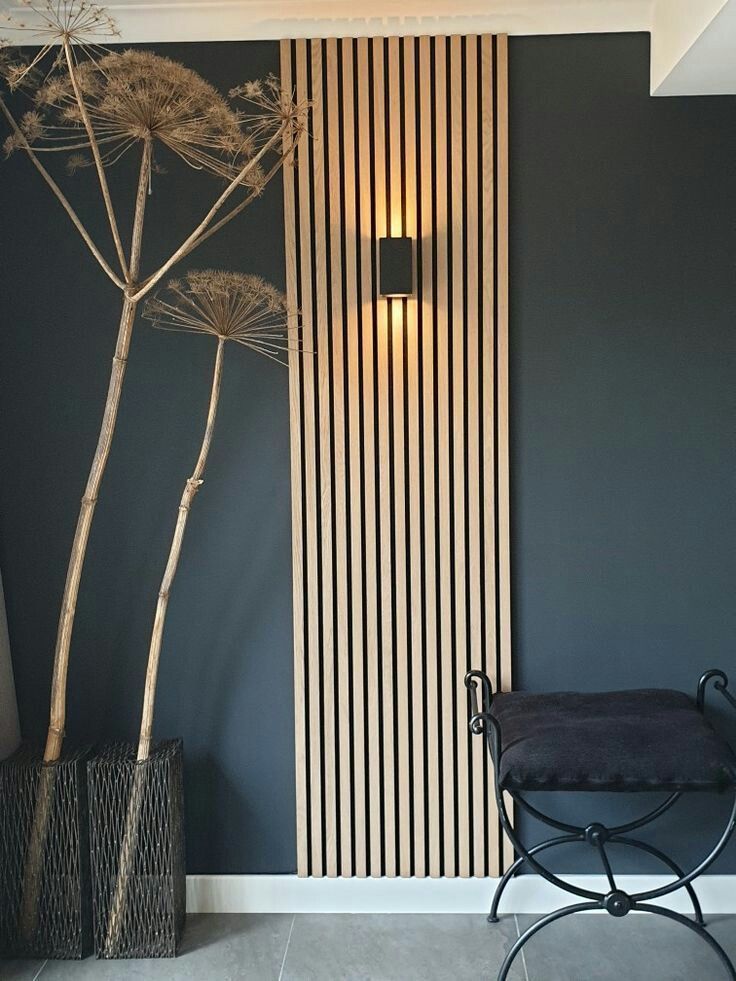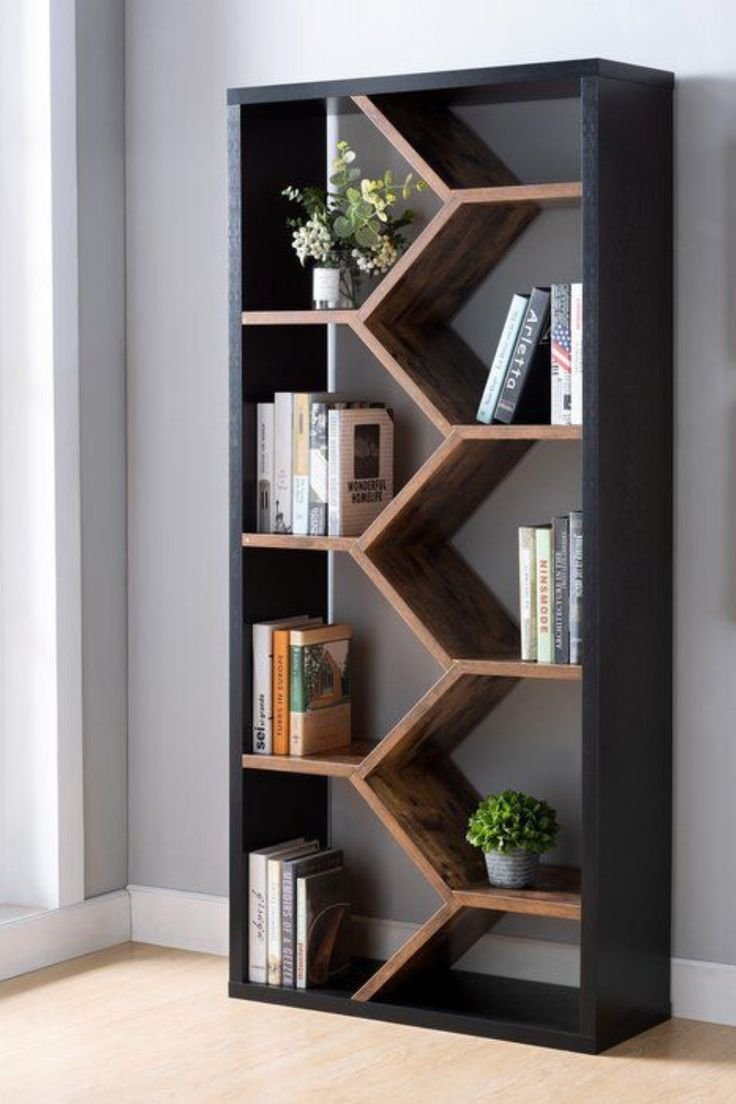Introduction to Wooden Painting:-
Wooden painting is a versatile and timeless form of artistic expression. This centuries-old technique involves applying various types of paint to a wooden surface, creating visually stunning and durable artworks. From rustic landscapes to intricate portraits, wooden painting offers a canvas that’s both organic and aesthetically appealing.

Materials and Tools for Wooden Painting:-
- Wooden Surface: The choice of wooden surface is crucial in wooden painting. A smooth, well-prepared wooden panel, plank, or even a piece of reclaimed wood can serve as an excellent canvas.
- Paint Selection: The choice of paint medium depends on the desired effect. Acrylics, oils, watercolors, and even gouache can be used. Each offers unique characteristics in terms of texture, color vibrancy, and drying time.
- Brushes: Select a variety of brushes suitable for your chosen paint medium. Bristle brushes work well for acrylics and oils, while watercolor brushes are ideal for watercolor painting.
- Primer and Gesso: Depending on the wood type and chosen paint, priming the wooden surface with gesso might be necessary. Gesso provides a smooth, absorbent surface for paint adhesion.
- Palette: A palette is essential for mixing and holding your paint. It can be a traditional wooden palette or a disposable one, depending on your preference.
Preparing the Wooden Canvas:-
Before you dive into the creative process, it’s crucial to prepare your wooden canvas:
- Sand the Surface: Sand the wooden surface to ensure it’s smooth and free from imperfections. Sanding also promotes better paint adherence.
- Priming: If you’re working with raw wood, apply a primer or gesso. This step helps prevent the wood from absorbing the paint too much and allows the colors to appear more vivid.
The Artistic Process:-
- Sketch Your Design: Start by sketching your desired design onto the wooden surface using a pencil. This initial drawing provides a guideline for your painting.
- Applying Paint: When applying paint, consider your chosen medium. For acrylics and oils, layering and blending are common techniques. Watercolors often involve transparent washes, while gouache provides a more opaque and matte finish.
- Texture and Detail: Wooden painting offers unique opportunities for texture and detail. You can leave areas of the wood exposed to incorporate the natural grain into your artwork, or you can create intricate patterns and textures.
- Drying and Layering: Allow each layer of paint to dry before applying subsequent layers. Layering can create depth and richness in your artwork.
Conclusion
Best Renovation has an expert Team for wooden Painting. Wooden painting is a creative and rewarding artistic endeavor. It combines the organic beauty of wood with the artist’s skill and imagination. Whether you’re a seasoned artist or a beginner, experimenting with wooden painting can yield stunning and unique results. The combination of materials and techniques makes wooden painting a captivating and enduring art form.

